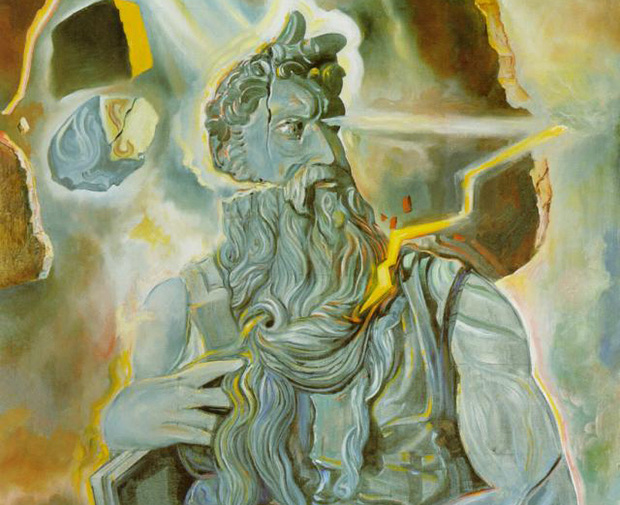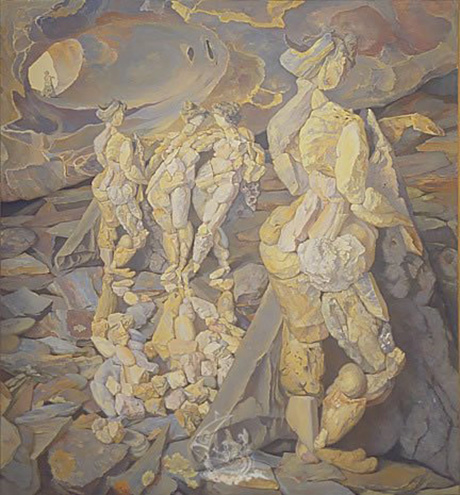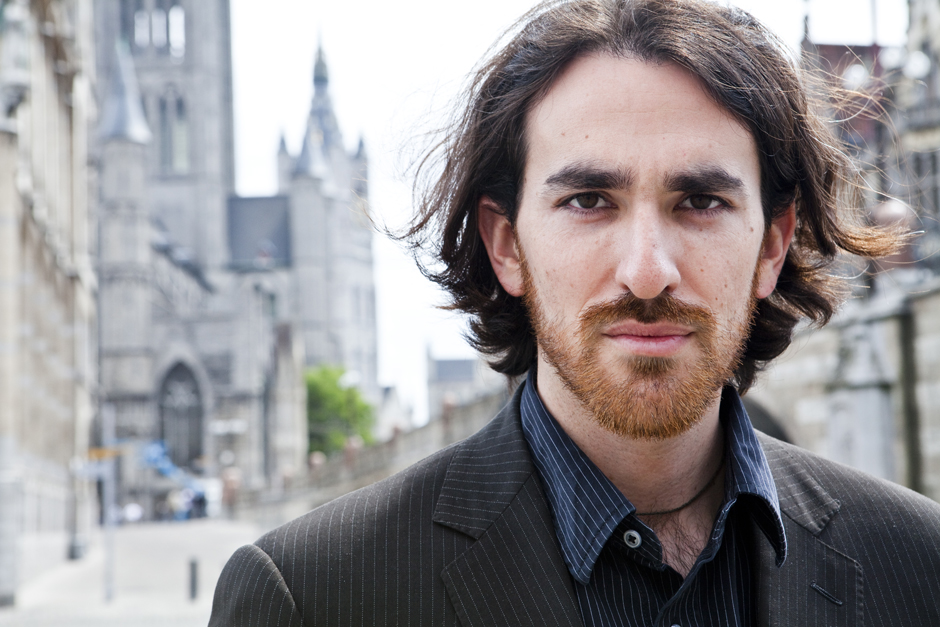
Foiling the Forgers with Noah Charney – Dalí
How might one of the 20th century’s greatest artists have forged his own work? Our author takes up the story
With great fame comes great forgery, as our author and art sleuth Noah Charney knows all too well. “Salvador Dalí is the second most frequently forged artist, behind Picasso,” explains the author of The Art of Forgery. “He is notorious for having endorsed forgeries of his own work. There’s a story that a forger brought Dalí a forgery, approaching the artist on a park bench and asked him to sign it. Dalí said,'ah, yes, I remember this one,' and wrote his name on it.”
Indeed, a likely source of works attributed to, but not actually painted by Dalí may have lain within the artist’s own studio. The Spanish painter Antoni Pitxot was born in the same town as Dalí; their families were close, and Dalí encouraged Pitxot in his artistic endeavours. Pitxot helped design the Dali museum, and became its director after the great man’s death in 1989.
However, some believe the pair's artistic relationship may have become too close, after Pitxot moved into Dalí's villa in 1966. Experts claim that Pitxot began to paint as Dalí, at the express permission of the older artist, when Dalí's own creative facilities began to wane. “It seems that his protégé was churning out paintings that Dalí was selling as originals,” says our author.
Why would anyone as rich and famous as Dalí have done this? Some have suggested greed was a motivation; fellow surrealist André Breton noted that ‘Avida Dollars’ or ‘money crazy’ was an anagram of the artist’s name. Our author also believes that Dalí may have taken undue pride in his artistic potency, and wanted to persuade the world that he was still as great as ever, despite his age.

It certainly shocks today’s gallery goers that works by the world's foremost surrealist may in fact have been painted by another artist’s hand. However, as Charney points out, this would not have been a shocking revelation centuries ago.
“People tend to forget about the artist’s studio, that was the prevailing way for artists to work from medieval times up until the Romantic period,” Charney says. “Artists usually had around around a dozen apprentices. If you commissioned a work, then, depending on how much you paid, the master would contribute a certain amount. At the very least he would touch it up. For the highest amount he would do the whole thing. More commonly he would do difficult parts, such as hands and faces."
Was Pitxot simply fulfilling his master’s artistic wishes, as many other painters had done, centuries ago? It’s certainly worth considering, when examining the later Dalí works.
“What Dalí was doing was not actually non-kosher in the history of art,“ Charney says, “but it shocked people because they were expecting a Dalí to be the complete work of a lone genius, which is really not what happened in the majority of art history.”

If you’d like to hear some of these forgery tales from the man himself try to make it along to Noah Charney’s East Coast author tour, at the start of next month. On Wednesday 3 June he will be giving a lecture and signing copies of his book at Kramerbooks & Afterwords Cafe (1517 Connecticut Avenue NW) in Washington, DC; on Friday 5 June Charney will be speaking and signing books at the Museum of Fine Arts (465 Huntington Avenue) in Boston; on Saturday 6 June he will be giving a lecture and book signing at the Institute Library (847 Chapel Street) in New Haven, Connecticut. On Sunday, 7 June he will give another talk and book signing at Gallery 25 and Creative Arts Studio (25 Church Street) in New Milford, CT; and on Monday, 8 June we are very proud to have Noah in conversation with the wonderful art critic Blake Gopnik 92nd Street Y (1395 Lexington Avenue) in New York.
You can see more over on our dedicated events page here. And for more great stories from the history of art intrigue, buy a copy of The Art of Forgery.